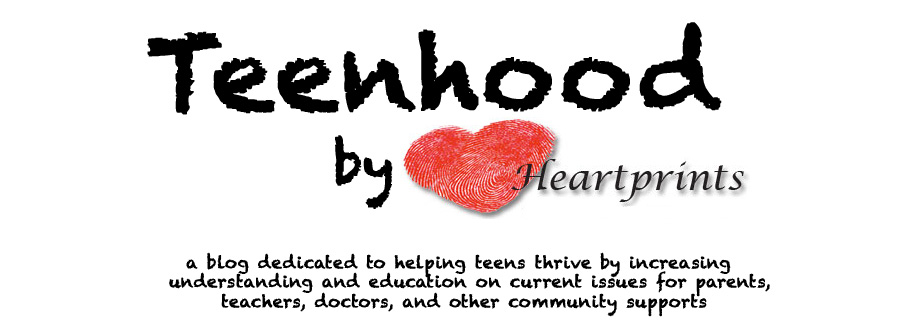Charges of "distribution of child pornography" or "possession of child pornography" come into play quickly if either of the above mentioned stories come to light. There have even been cases school staff have been charged as they investigated their students actions. The word "sexting" has only been around since 2005 and the court system has not yet caught up to properly handle teen's sexting. An impulsive bad decision can have a lifetime of consequences. 'Sexter's' run the risk of being added to neighborhood list of sex offenders. The label never goes away.
Sexting includes sending sexually explicit text's and/or images (i.e. nudity or genitalia) generally via mobile phones. If you know a sexually active teenager, chances are they have been tempted to engage in sexting. Its a form of foreplay having much bigger consequences than anyone considered. Now, I have your attention, here is the good news: The latest research says sexting is not as prevalent as once feared and court systems are trying to be more understanding, looking at the situations in context. Studies are all over the place in regards to exactly how prevalent is this problem. One I read today said only 2.5 percent of American teens (12-17years old) have engage in sexting. Last month it was 13% (same age group). In 2008, one study said 20%. Regardless of the prevalence, it is a serious issue to discuss with teens to make sure they know how to keep themselves safe..
How to talk about sexting with the teenagers in your life:
1.) Define sexting with them: sexually explicit text's or/and images including nudity or sexual parts of the body.
2.) Make sure they are aware of the possible legal ramifications for sexting.
3.) What do you want the teen to do if someone sends them a "sext"?
My recommendation would be to delete it. Holding on to it puts the owner at risk.
4.) Talk with your teens about password protection on their phone so someone else can't abuse their phone putting the teen in compromising situation (but make sure you know their password).If you have concerns about a teen you know sexting, consider referring to a mental health professional. There have been links between sexting and psychological issues (i.e. impulsivity, loneliness, etc...). If this is something your teenager struggles with, make sure you hold them regularly accountable for their actions by randomly reviewing texts and pictures. For further questions regarding sexting, contact me at heartprints@kristalmathis.com.
Have a safe Christmas!
Recent Study Article
US Today Article
